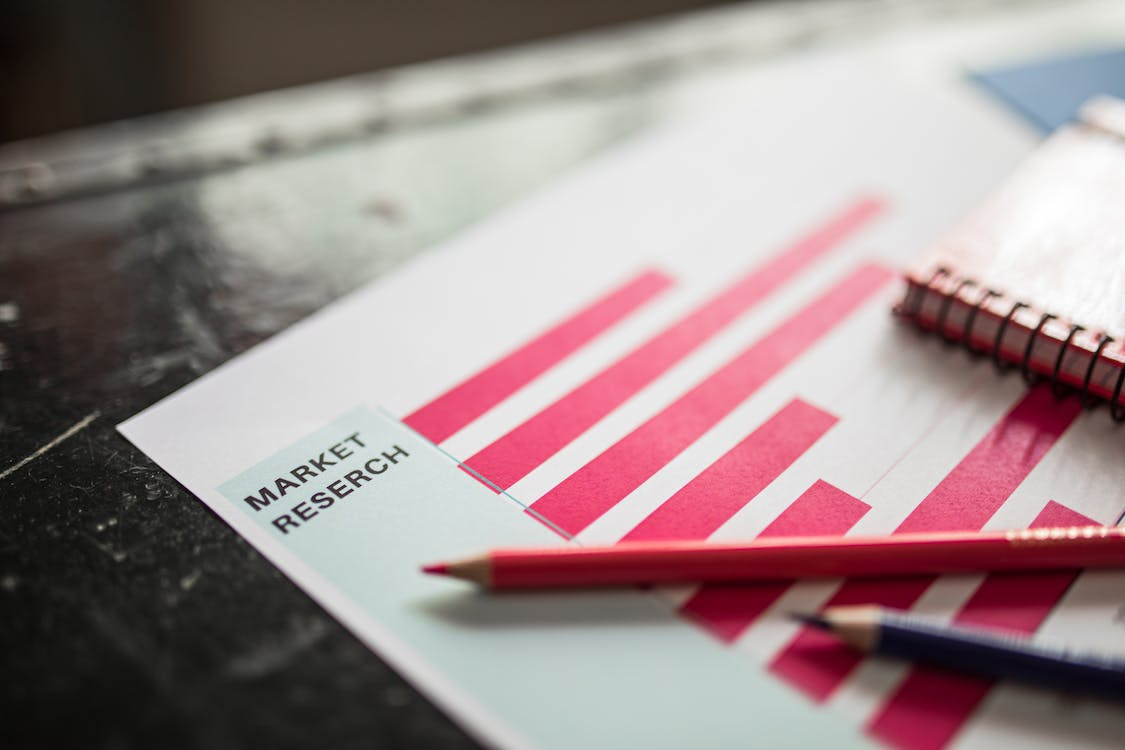
403
Sorry!!
Error! We're sorry, but the page you were
looking for doesn't exist.
Building Resilience: South Sudan’S Journey Toward Stability
(MENAFN- The Rio Times) In the heart of Africa, South Sudan is resilient and ambitious. The nation navigates economic challenges and political instability.
Since its independence in 2011, South Sudan has faced significant hurdles. Yet, its people and leaders remain unyielding. They strive to transform their future amidst adversity.
South Sudan's economy relies heavily on oil. It faces external shocks and internal challenges. The real GDP contracted by 0.4% in 2022–23.
This marks an improvement from a 2.9% contraction the previous year. Inflation rose from 15% to 16.5%. Supply chain disruptions and flooding drove this increase.
Despite challenges, the fiscal deficit improved. It decreased from 6.6% of GDP in 2021/22 to 4% in 2022/23. The current account balance shifted from a deficit to a surplus of 7.0% of GDP.
However, social indicators remain concerning. About 82% of the population lives below the poverty line. Approximately 2 million people are internally displaced.
South Sudan's population is estimated at around 11 million. Many rely on subsistence agriculture for survival.
Debt management poses a critical issue for South Sudan . The debt service-to-revenues ratio stays above 14% through 2029/30.
Additionally, the debt service-to-exports ratio remains above 10% through 2025/26. External financing has been significant.
Between 2014 and 2021, net Official Development Assistance (ODA ) flows reached $14.59 billion. This averages $1.5 billion per year. Such support highlights dependency on external aid.
South Sudan charts a path toward economic transformation. The government promotes local production. It supports smallholder farmers with finance and improved seed technologies.
South Sudan's Path to Prosperity
Governance reforms aim to improve debt management. Addressing exchange rate pressures remains urgent.
In addition, the medium- to long-term vision involves building strong fiscal institutions. These institutions will mobilize domestic resources efficiently.
Structural transformation is prioritized to rebuild a resilient economy. Employment opportunities, especially in agriculture, are crucial. Investment in human and physical capital is necessary.
South Sudan's narrative embodies resilience amidst daunting challenges. It tells of a nation determined to overcome its past.
In short, the goal is a future of prosperity and peace. Strategic reforms and human capital investment are key. Commitment to good governance is vital.
As the nation stands at this pivotal moment, the world watches. South Sudan's journey is far from over. With determination and support, it can forge a brighter, more sustainable future.
Since its independence in 2011, South Sudan has faced significant hurdles. Yet, its people and leaders remain unyielding. They strive to transform their future amidst adversity.
South Sudan's economy relies heavily on oil. It faces external shocks and internal challenges. The real GDP contracted by 0.4% in 2022–23.
This marks an improvement from a 2.9% contraction the previous year. Inflation rose from 15% to 16.5%. Supply chain disruptions and flooding drove this increase.
Despite challenges, the fiscal deficit improved. It decreased from 6.6% of GDP in 2021/22 to 4% in 2022/23. The current account balance shifted from a deficit to a surplus of 7.0% of GDP.
However, social indicators remain concerning. About 82% of the population lives below the poverty line. Approximately 2 million people are internally displaced.
South Sudan's population is estimated at around 11 million. Many rely on subsistence agriculture for survival.
Debt management poses a critical issue for South Sudan . The debt service-to-revenues ratio stays above 14% through 2029/30.
Additionally, the debt service-to-exports ratio remains above 10% through 2025/26. External financing has been significant.
Between 2014 and 2021, net Official Development Assistance (ODA ) flows reached $14.59 billion. This averages $1.5 billion per year. Such support highlights dependency on external aid.
South Sudan charts a path toward economic transformation. The government promotes local production. It supports smallholder farmers with finance and improved seed technologies.
South Sudan's Path to Prosperity
Governance reforms aim to improve debt management. Addressing exchange rate pressures remains urgent.
In addition, the medium- to long-term vision involves building strong fiscal institutions. These institutions will mobilize domestic resources efficiently.
Structural transformation is prioritized to rebuild a resilient economy. Employment opportunities, especially in agriculture, are crucial. Investment in human and physical capital is necessary.
South Sudan's narrative embodies resilience amidst daunting challenges. It tells of a nation determined to overcome its past.
In short, the goal is a future of prosperity and peace. Strategic reforms and human capital investment are key. Commitment to good governance is vital.
As the nation stands at this pivotal moment, the world watches. South Sudan's journey is far from over. With determination and support, it can forge a brighter, more sustainable future.

Legal Disclaimer:
MENAFN provides the information “as is” without warranty of any kind. We do not accept any responsibility or liability for the accuracy, content, images, videos, licenses, completeness, legality, or reliability of the information contained in this article. If you have any complaints or copyright issues related to this article, kindly contact the provider above.





















Comments
No comment